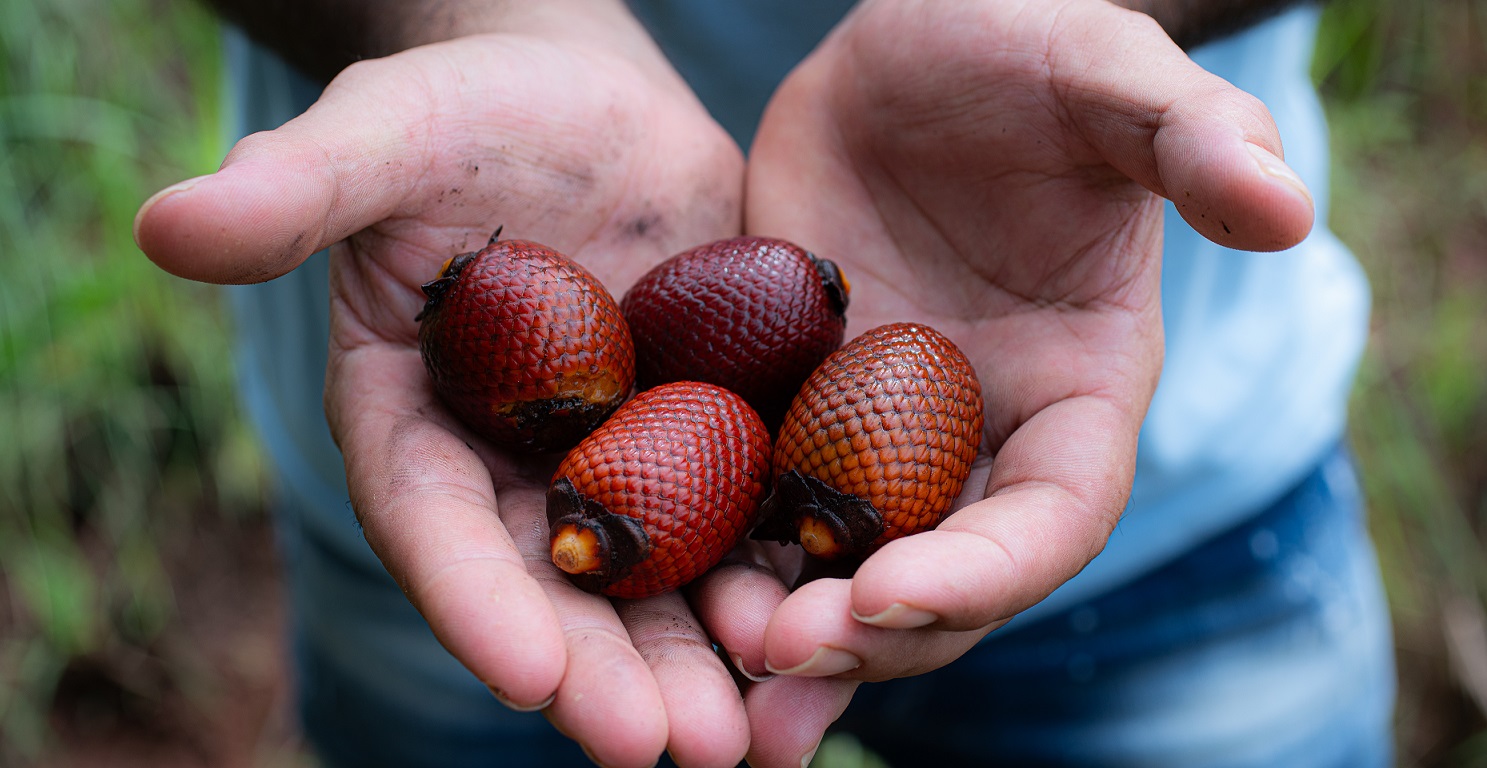Indicators guide adaptation for agrifood systems transformation

As climate records continue to topple year after year, one thing has become clear; agricultural communities are on the frontlines of climate change and must be at the heart of adaptation efforts.
From prolonged droughts in East Africa to Southeast Asia's flood-stricken rice fields, climate change is disrupting food production at every level – leaving farmers, fishers, and pastoralists on the frontlines.
In this context, a vital yet often overlooked question is being discussed at the Bonn climate change conference (SB62); how do we measure the success of climate adaptation efforts? Negotiators at the Conference are developing indicators to assess progress towards the Global Goal on Adaptation (GGA). These indicators will monitor whether adaptation solutions are reducing vulnerability, evaluate adaptive capacity, and track progress in building resilience to climate impacts. These indicators are not just metrics; they are intended to guide investment, policies, and actions under a changing climate.
"A final set of indicators with clear metrics for success on adaptation, including in agriculture, could be one of the more important outcomes of COP30 in Belém, Brazil later this year," explained Kaveh Zahedi, Director of FAO's Office of Climate change, Biodiversity and Environment.
Adaptation in action
The Food and Agriculture Organization of the United Nations (FAO) supports countries' efforts to advance climate change adaptation and mitigation, by promoting climate-resilient and low-emission agrifood systems.
FAO is, for example, working with partners across Latin America, Africa and Asia through the Scaling up Climate Ambition on Land Use and Agriculture through Nationally Determined Contributions and National Adaptation Plans (SCALA) programme.
Ipasharraim village in Colombia is one of over 50 rural communities that have benefited from a SCALA initiative. Half an acre of the community's land is now dedicated exclusively to food production thanks to a new network of clean energy-powered pumps and drip irrigation that draw water from a revitalized underground well.
In Saint Lucia, the Government established a digital platform for fisheries and climate information, as well as a new training curriculum on climate change impacts and adaptation strategies, through an FAO-led Green Climate Fund (GCF) readiness project.
Why indicators matter more than ever
Over the past year, an expert group, including FAO, has been refining targeted indicators for agrifood systems. So far, out of more than 1800 adaptation indicators, the group has identified more than 60 that best reflect vulnerability, resilience, and the adaptive capacity of agrifood systems. These indicators feed into the UNFCCC's technical framework under the UAE Belem Work Programme, forming a foundation for tracking progress under the Paris Agreement.
Building on this work, food and agriculture experts have played a critical role in shaping the United Nations Framework Convention on Climate Change (UNFCCC) Secretariat’s latest technical report on indicators for measuring progress.
"This effort isn’t just about global reporting; it’s about enabling countries to make better decisions and ensuring the needs of vulnerable populations including women, Indigenous Peoples, and others dependent on agriculture are addressed" explained Neha Rai, FAO's Climate Change Adaptation Specialist.
For example, a government in the Sahel region struggling with water scarcity may use an indicator on the percentage of farms with access to water harvesting systems, to decide whether to expand infrastructure or support drought-resilient crops. Similarly, Pacific Island nations might track household access to early warning systems to inform coastal food security planning.
Tried and tested
FAO’s work on the GGA indicators as well as Monitoring, Evaluation, and Learning (MEL) systems will help turn policy into measurable outcomes. By collecting data, governments and partners can identify gaps and target support where it is needed the most.
As we have seen from the Sustainable Development Goals, tracking indicators can drive better decisions and results on the ground. For example, FAO’s AGRISurvey programme in Uganda collected data on SDG 2.3.1 (productivity of small-scale food producers), and SDG 2.3.2 (income levels), revealing gaps in yields and earnings. These insights helped shape targeted interventions, including improved access to seed and farmer training, which directly boosted productivity and incomes.
What needs to happen next?
Looking ahead, post COP30, a lot needs to be done to further develop methodologies to measure progress against indicators. Countries will need:
- Technical support to apply the indicators in national contests
- Capacity building to integrate indicators to measure against national adaptation plans and investment strategies
- Data systems that can regularly collect, analyze and report results, and
- Further work will be needed for countries to strengthen their National Monitoring, Evaluation, and Learning (MEL) systems to assess adaptation progress.
FAO stands ready to work with countries to ensure that the GGA indicators translate into tangible action, driving the transformation of agrifood systems for better production, better nutrition, a better environment, and a better life, leaving no one behind.
Links:
Videos:
-'Adapt, measure, thrive' FAO's Neha Rai explains tracking adaptation in agrifood systems
Publications:
-Using metrics to assess progress towards the Paris Agreement’s Global Goal on Adaptation
-How FAO supports developing countries in their National Adaptation Plans
Websites:
-SCALA programme
-FAO and the Green Climate Fund (GCF)
-National Adaptation Plans
